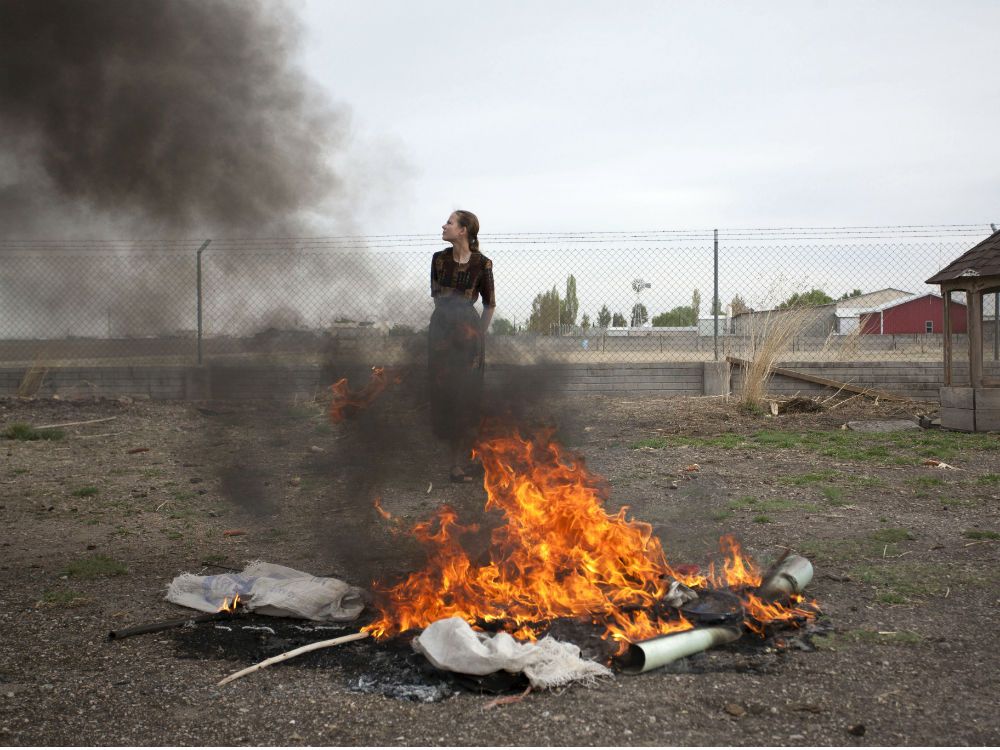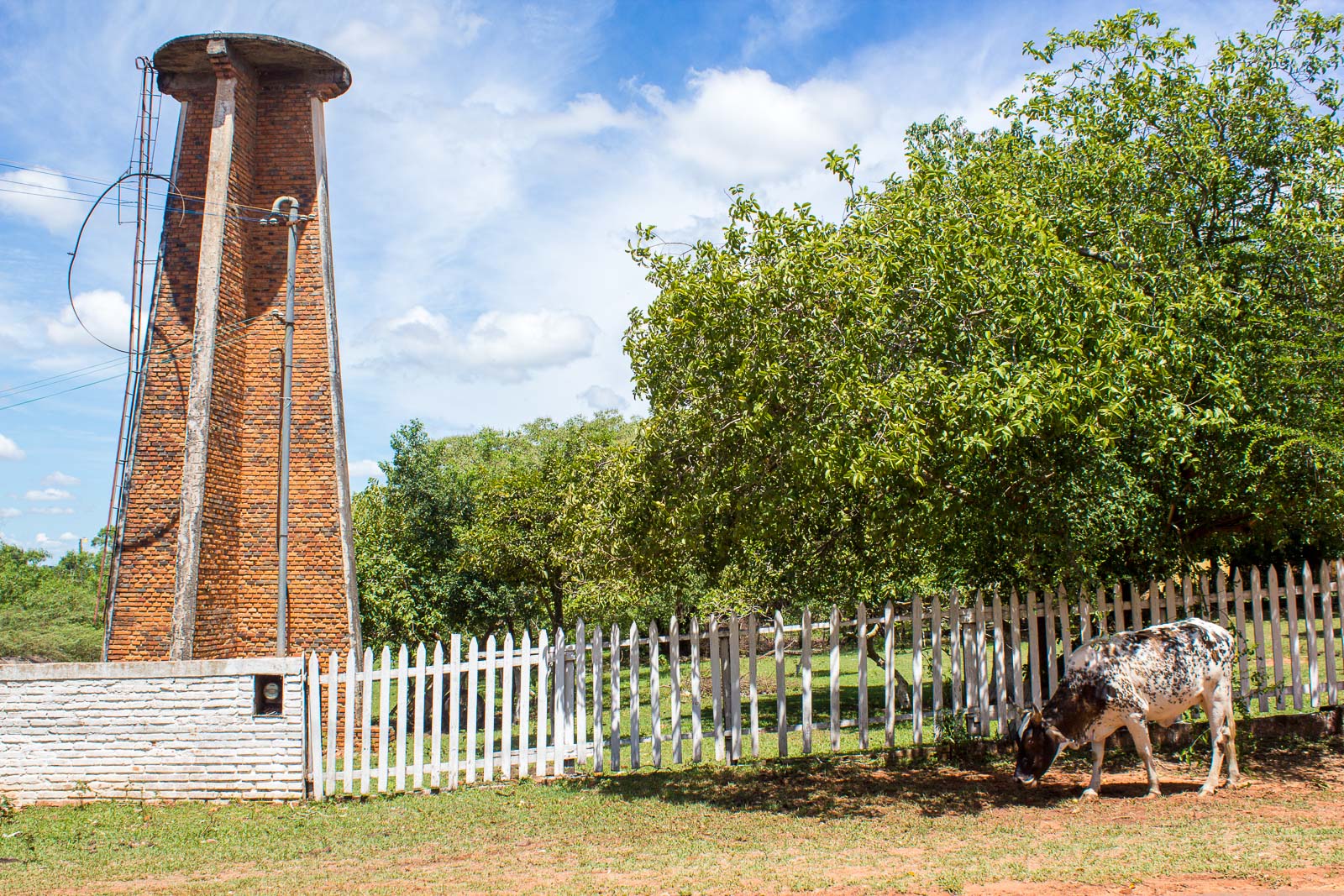Another example of the withering of a separatist colony that did not have deep enough roots:
Argentinian community of bitter South African Boers dwindles ONCE they lived here in their thousands, but now only a handful of Afrikaans-speaking “Boers” remain in the windswept Patagonian coastal town of Comodoro Rivadavia and its hinterland. Between 1903 and 1909 up to 800 Boer families...

www.gatewaytosouthamerica-newsblog.com
Argentinian community of bitter South African Boers dwindles
08/05/2022
ONCE they lived here in their thousands, but now only a handful of Afrikaans-speaking “Boers” remain in the windswept Patagonian coastal town of Comodoro Rivadavia and its hinterland.
Between 1903 and 1909 up to 800 Boer families trekked by ship to this lonely spot on Argentina’s east coast, about 1500km north of Tierra del Fuego.
They had suffered badly in the 1899-1902 Anglo-Boer War. Some had lost family members in Kitchener’s infamous concentration camps; others had their farmhouses destroyed by British troops. Most of the Boer men who settled in South America, taking their wives and children with them, had fought in the war against Great Britain.
The Boers left because they had no desire to live under their “conqueror’s thumb”.
Leon and his wife had travelled to Patagonia from the South African embassy in Buenos Aires, 1800km to the north, to meet the Boer descendants.
Speaking at the event, Juan Kruger, born in Argentina in 1947, told Sapa: “Ek glo nie jy sal meer as 20 Afrikaanssprekende mense kry in die land (I don’ t believe you will find more than 20 Afrikaans-speaking people in the country).”
Kruger was referring to those, like him, whose grandparents had come over at the beginning of the last century and still speak Afrikaans as a first language.
It is a Patagonian paradox that the Afrikaners who helped to turn Comodoro Rivadavia from a tiny settlement with few buildings into a large and noisy oil town now number so few. Local legend says it was Boers drilling for water who made the first oil strike in a region that now supplies a considerable portion of Argentina’s fuel needs.
About 12 Argentinian Afrikaners, most in their 50s and 60s, gathered at a suburban house in Comodoro Rivadacia to speak to Leon. They served him tea and melktert, baked by Graciela Hammond, who learned the recipe from her mother, a Boer woman.
Leon told them the South African embassy was ready to help them. “If there is anything we can do for you, please let us know.”
They handed him a commemorative book to sign. In it, he wrote: “Ek hoop dat hierdie gemeenskap, met sy erfenis en taal, sal in Argentinië oorleef (I hope this community, and its heritage and language, will survive in Argentina).”
The surnames of those present at the event could be found in any South African telephone directory: De Lange, Botha, Kruger, Norwal and Schlebusch, among others.
Danie Botha, 67, told Leon his forefathers had come to Argentina to escape the British.
“You’ll see no Afrikaners here who are well off. Other people who came here are wealthy, but the Afrikaners did not come here to make money, they came here to escape the English.”
He said the Afrikaner community in Argentina, which in 1909 had numbered about 800 families — about 3000 people — had made a “groot fout (big mistake)” in 1938 when many of its founders returned to South Africa, leaving their descendants behind. “Some of us never knew our grandparents.”
Sarah de Lange, who farms sheep on a 10,000ha farm granted to her grandfather by the Argentinian government a century ago, told Sapa she still made biltong.
“Ek maak biltong van guanaco vleis (I make biltong from guanaco meat),” she said. The guanaco is a type of llama, about the size of a small horse, that runs wild in the region.
De Lange said her biltong was quite different to beef biltong but tasted good nonetheless.
Jan Schlebusch, who was at the event with his wife Martha (née Myburgh) and two of his three daughters, owns a sheep farm about 200km inland from Comodoro Rivadavia.
Both daughters spoke Spanish, and neither understood more than a few words of Afrikaans, although Schlebusch said he was keen to have them visit South Africa. He himself had done so in 1990.
Kruger said the Nederduitse Gereformeerde Kerk in Comodoro Rivadavia had once had an Afrikaans dominee (minister), but he left in 1953 and a Spanish-speaking cleric had taken over. This had been a big factor in the decline of the Afrikaans language in the region because the children no longer needed to learn it in order to understand the preacher.
Afrikaans speakers used to gather each year in the Sierra Chaira mountains to hold Boere sports, but this too had ceased. There were too few Afrikaans speakers left, Kruger explained.
Dante Botha, a cousin of Danie Botha, said the original Boers had come to Argentina “because of pride”. His grandfather, who had fought with Boer guerrilla leader Christiaan de Wet against the British, had been one of them.
Speaking in Spanish through an interpreter he described the Argentinian Afrikaners as “a very closed community”.
An account by travel writer Bruce Chatwin of the Boer community around Sarmiento, inland from Comodoro Rivadavia, is at one with Botha’s description.
“They lived in fear of the Lord, celebrated Dingaan’s Day, and took oaths on the Dutch Reformed Bible. They did not marry outsiders and their daughters had to go to the kitchen if a Latino entered the house,” Chatwin wrote in his 1975 book, “In Patagonia”.
According to a report in the Sunday Times 10 years earlier, there was “more Afrikaans than Spanish” heard in the shops, bars and offices of Sarmiento.
Almost 50 years later the days of hearing Afrikaans spoken in Patagonia appear to be drawing to a close.
Carlo de Lange, 65, whose father was a small boy when his grandparents arrived in Argentina in 1905, two years after British soldiers burnt down their farmhouse, said he thought the Afrikaans language would soon become extinct in the region.
“Na my geslag is daar nie meer Afrikaans nie (After my generation there will be no more Afrikaans),” he said.

 nationalpost.com
nationalpost.com













![clefty […] […]](/phoranova/data/assets/smilies/clefty.gif) or otherwise they would be killed.”
or otherwise they would be killed.”